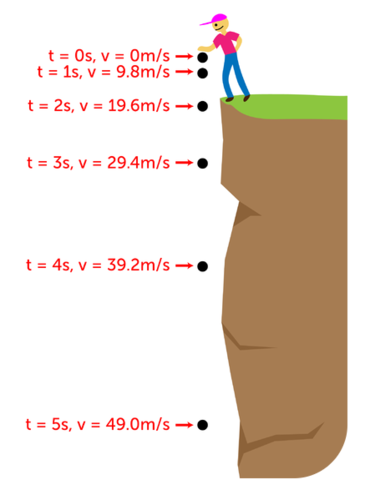How It Works:
This calculator helps you determine how far an object falls based on:
- Initial Velocity: The speed at which the object is thrown downward (if any).
- Time of Fall: How long the object has been falling.
- Gravity: This is the force that attracts objects toward the center of the Earth,
causing them to accelerate when in free fall.
The standard acceleration due to gravity on Earth's surface is approximately 9.81 m/s².
This means that, in the absence of air resistance,
an object's velocity increases by 9.81 meters per second every second it is in free fall.
The total fall distance is calculated by combining:
- The distance covered due to the object's initial speed.
- The distance covered due to gravity speeding up the object over time.
Special Cases:
- If time (t) is 0: No fall occurs, and the distance remains 0 meters.
- If initial velocity (v₀) is 0: The object was dropped, and its fall distance is solely due to gravity.
